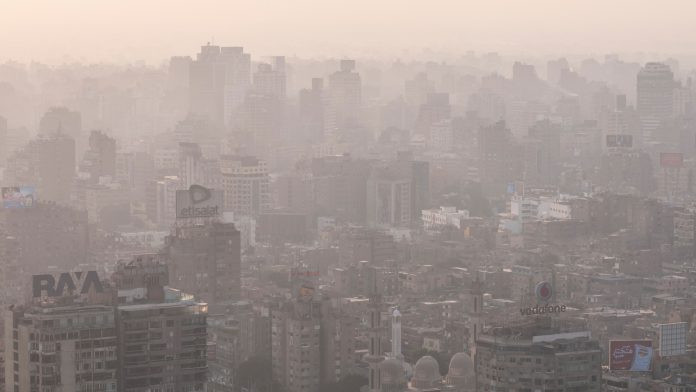
Researchers at the Karolinska Institutet have identified that high levels of air pollutants can increase the risk of catching COVID-19, revealing unprecedented dangers of poor air quality.
The observational study performed on young adults in Stockholm, Sweden, revealed that residential exposure to air pollutants is associated with an elevated danger of SARS-CoV-2 infection. Previous research has demonstrated that pollutants in outdoor air can increase the risk of respiratory infections, such as influenza, raising suspicions that poor air quality could increase COVID-19 transmission. Additionally, areas with high levels of air pollution have experienced more COVID-19 cases.
To investigate this further, the Karolinska Institutet team analysed the association between people’s exposure to air pollutants at their home addresses and positive COVID-19 PCR tests in those areas, with the result highlighting that exposure to specific traffic-related air pollutants is linked with a greater chance of a positive test.
Olena Gruzieva, associate professor at the Institute of Environmental Medicine at Karolinska Institutet and one of the study’s last authors, commented: “Our results add to the growing body of evidence that air pollution has a part to play in COVID-19 and support the potential benefit of improving air quality.”
Measuring levels of air pollutants
The investigation employed data from the population-based BAMSE project that followed more than 4,000 participants from birth in Stockholm. The researchers then linked this data to the national communicable disease registry (SmiNet), finding 425 people who tested positive for COVID-19 between May 2020 and March 2021. The average age of these individuals was 26, and 54% were female.
Subsequently, the team estimated the levels of a range of outdoor air pollutants at the home addresses of the participants using dispersion models and pollutants were defined as particles with a diameter under 10 micrometres (PM10) and 2.5 micrometres (PM2.5), black carbon, and nitrogen oxides.
The researchers examined the link between COVID-19 infection and exposure to air pollutants on the days before a positive PCR test, on the day of the test, and on later control days, with each participant serving as their own control on these different occasions.
How did air quality impact COVID-19 infection rates?
The findings illuminated associations between exposure to PM10 and PM2.5 and infection risk two days before a positive PCR test and exposure to black carbon one day before a test but no link between nitrogen oxides and infection risk.
The risk of infection was of an order of magnitude of around 7% per particle exposure increase equivalent to the interquartile range, meaning between the first quartile (25%) and the third quartile (75%) of the estimated concentrations of the particle.
Erik Melén, professor of paediatrics at the Department of Clinical Science and Education, Södersjukhuset, Karolinska Institutet, BAMSE project leader and the study’s joint last author, said: “7% doesn’t sound much, but given that everyone is more or less exposed to air pollutants, the association may be of great significance to public health.”
They found that the association was not influenced by gender, smoking, obesity, or asthma, although they did note some limitations of their study. They explained that the results may have been influenced by the willingness of participants to take a PCR test and that many of the young adults were asymptomatic or only had mild symptoms following infection from the disease.
Furthermore, the study cannot eliminate the possibility that time-varying confounding factors influenced results. The researchers are now looking to analyse the link between air pollutants and post-COVID-19 symptoms.








